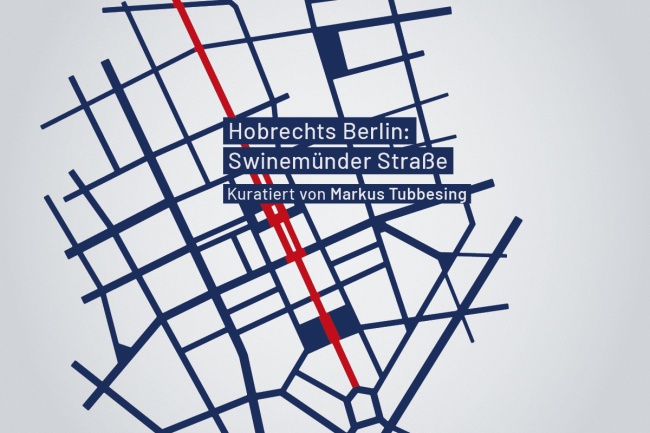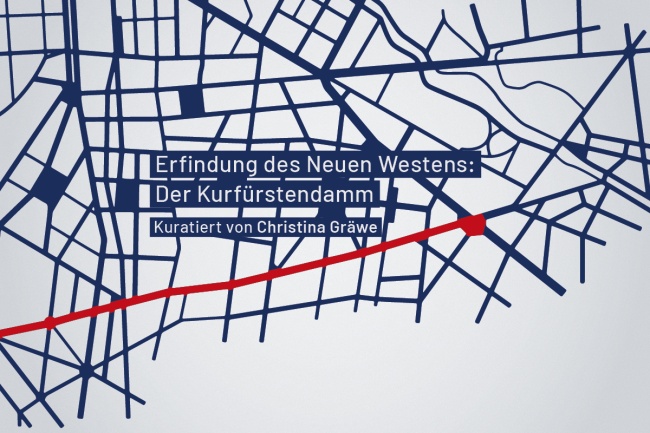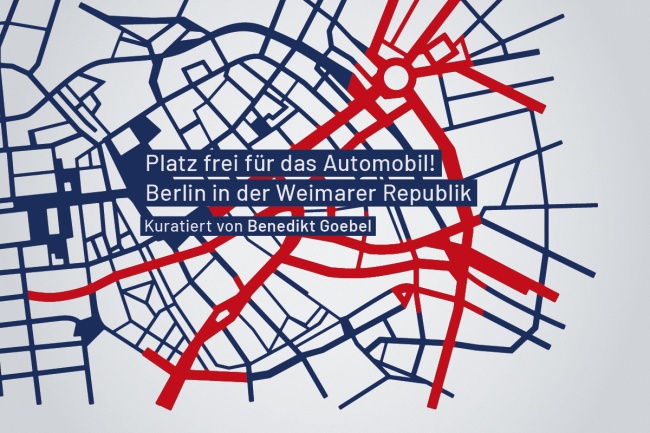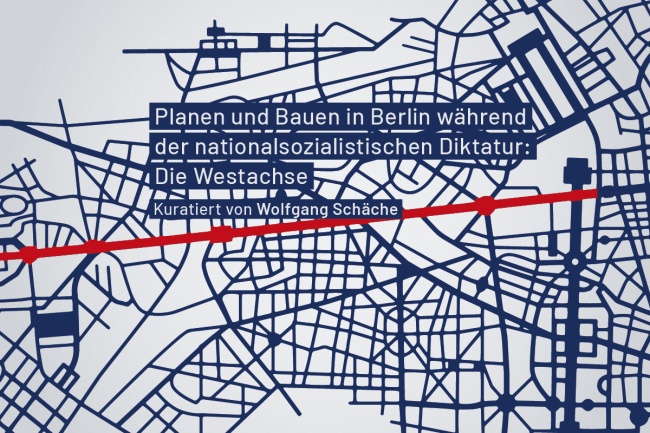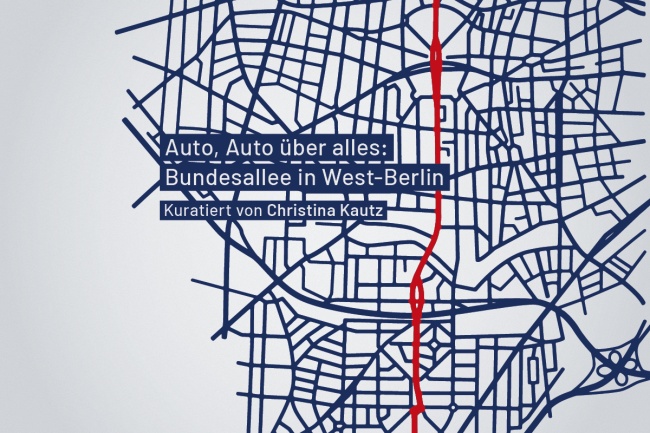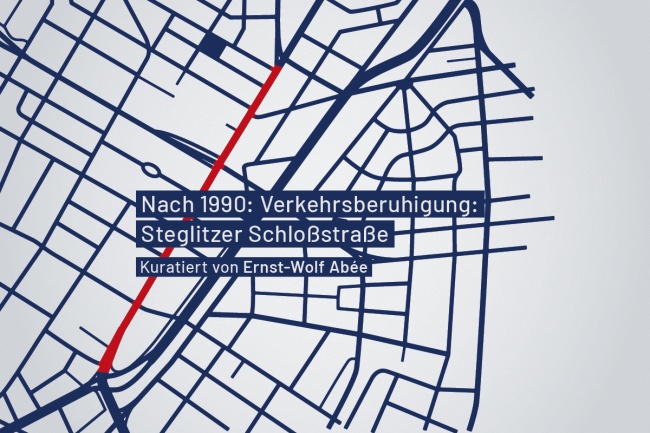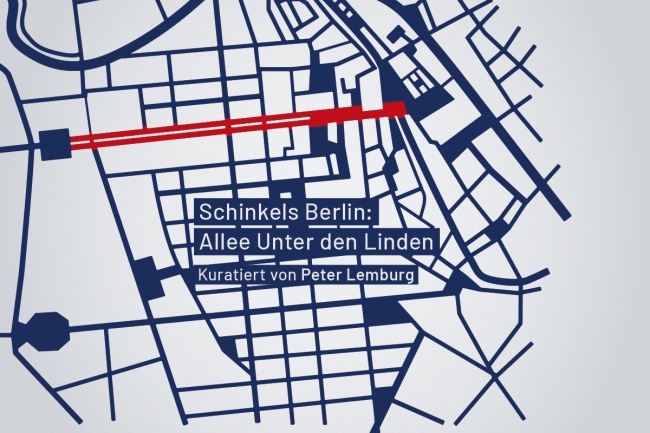
Great Streets of Today
Berlin’s architectural, urban planning and engineering history is epitomised by its streets. They reflect the history of Berlin with its economic booms, wars, crises, dictatorships, destruction, division and reunification. The once capital of Prussia, a growing metropolis of the German Empire, it later played host to the progressive theatrics of the Weimar Republic. It became the imperial capital of the Nazi dictatorship, before division led it to become exemplar of the meaning of both East
and West during the Cold War. After, it would become the laboratory of reunification. The streets bear witness to the tangible power of everyday life: pedestrian, rail, car and bicycle traffic. The city’s main streets testify to the widely differing visions that have shaped its design, a design however, immer modern (always modern), in any case.
Curators: Prof. Dr. Harald Bodenschatz, Christina Gräwe
Junior-Curator: Celina Schlichting
